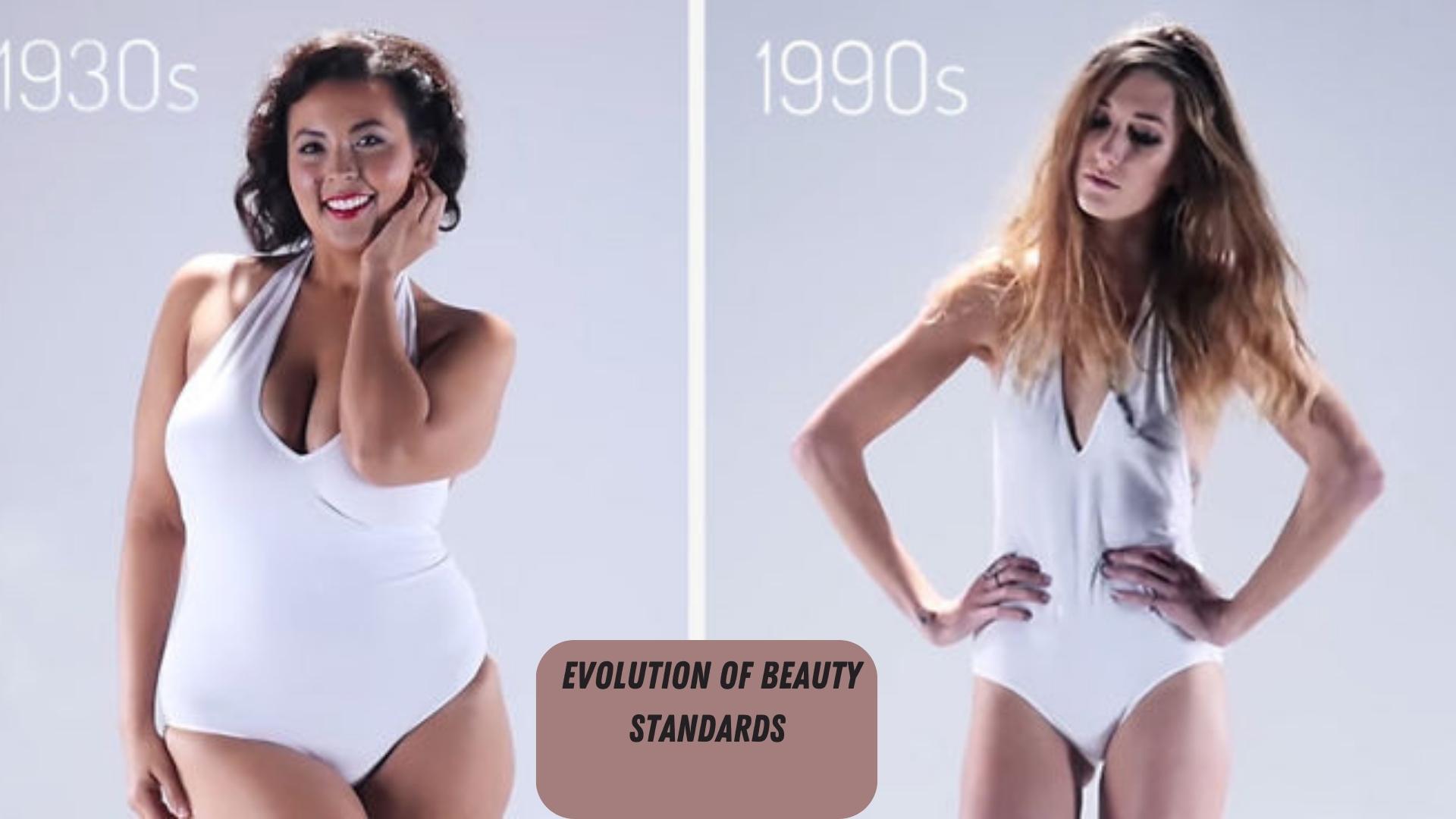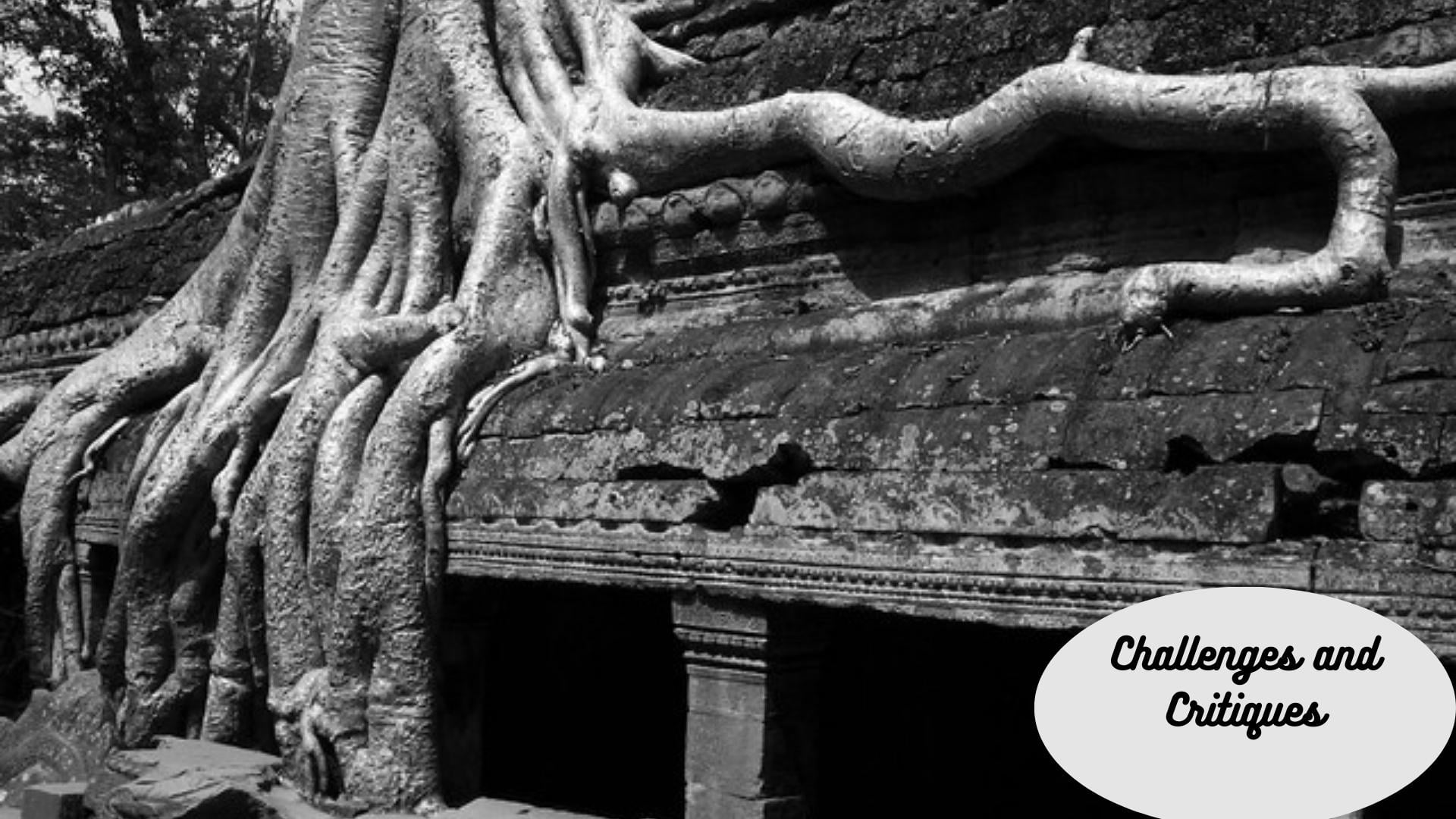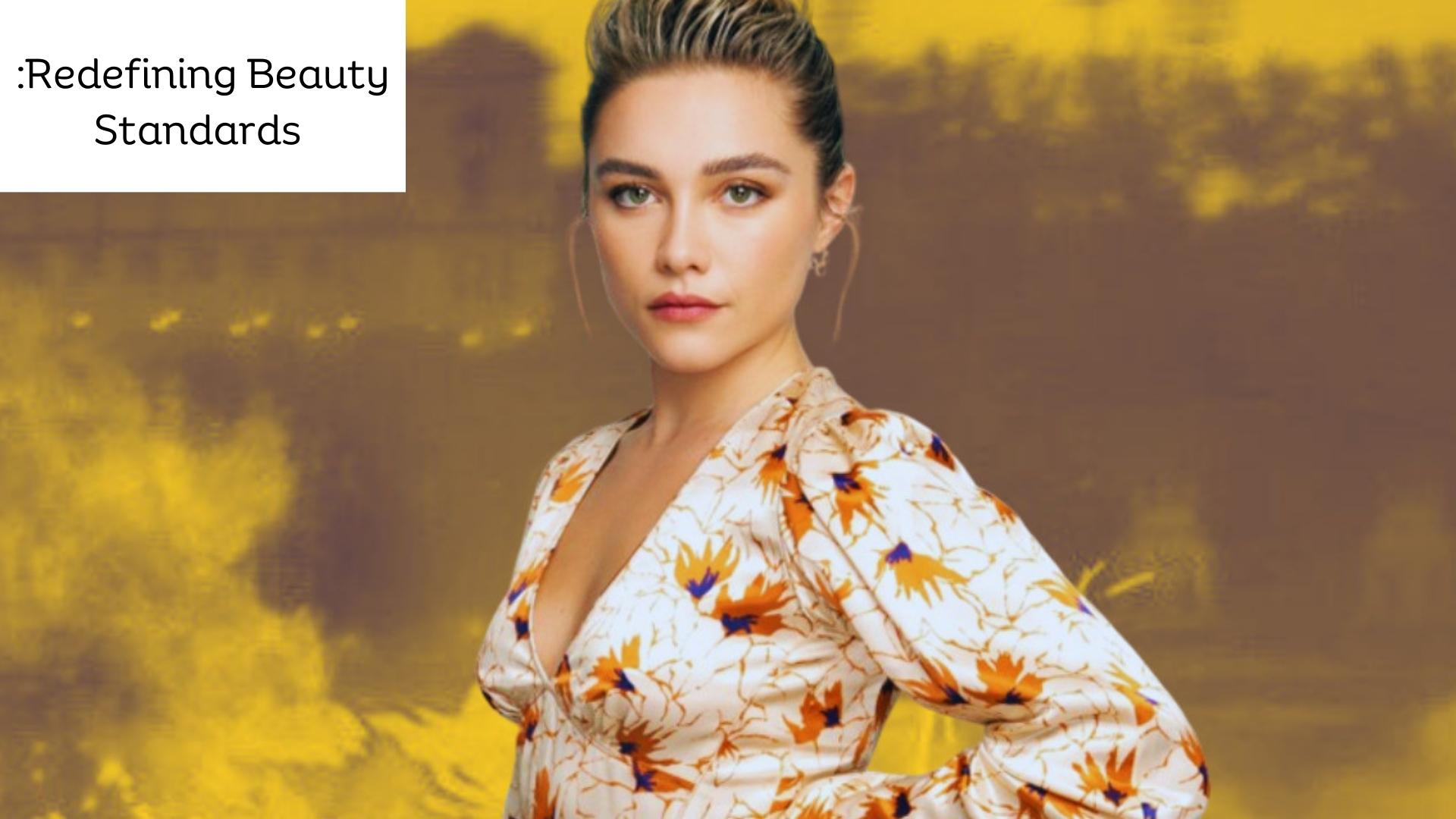The Power of Inclusivity: Redefining Beauty Standards in 2023. The globe is approaching a turning point in beauty standards in 2023. The definition of beauty has shifted toward inclusivity and diversity. Beauty is celebrated for its features rather than rigid, conventional notions. Beauty standards have changed due to social movements, cultural transformations, and technology. In this essay, we will examine how inclusivity has changed beauty standards in 2023, including the accomplishments, the issues that remain, and the possibilities for a more welcoming future.
The Evolution of Beauty Standards

Beauty standards constantly reflect their cultural, social, and historical context. Beauty ideals have varied by culture and time, frequently based on physical traits, gender roles, and social status. These old criteria have changed dramatically in the 21st century.
A significant change is the move away from homogeneity. An unattainable beauty ideal was sometimes promoted, usually typified by Eurocentric traits like light skin, a trim physique, and particular facial features. This ideal excluded most people and heightened damaging preconceptions and fears. The inclusiveness movement rejects these restrictive ideals and embraces different appearances, ethnicities, and experiences.
Social Movements and Their Impact
Social and cultural movements for inclusion and representation have increased inclusivity. In the body positivity movement, people are encouraged to love and accept their bodies regardless of form, size, or appearance. This trend has grown on social media as people from many backgrounds share their self-love and acceptance journeys.
Racial inclusion in beauty standards is also growing. Colourism and racial bias in brands and industries are under investigation, emphasizing varied representation in advertising, media, and fashion. The “Black is Beautiful” movement promotes Black beauty and criticizes the underrepresentation of Black models and actors.
LGBTQ+ people also expanded the notion of beauty. With more exposure and acceptance, people of all gender identities and sexual orientations are redefining beauty on their terms.
The Role of Technology
Technology has impacted beauty standards, too. Social media and content democratization have empowered people to develop and share beauty narratives. This has improved various beauty ideal depictions and challenged traditional media’s stranglehold on perceptions.
AR and VR are also changing beauty. These technologies empower and express users by letting them try new looks, styles, and appearances. AR filters allow people to explore their identities and celebrate their unique qualities.
Challenges and Critiques

Redefining beauty standards has not eliminated problems and criticism. A significant concern is the commodification of inclusivity. Some say many firms use inclusion as a marketing tool rather than a genuine commitment to diversity. This “woke-washing” might damage the movement and prolong tokenism.
Social media can promote inclusion, but it is also a double-edged sword. Stress to meet new, more inclusive beauty standards can be as detrimental as old ones. Pursuing likes, following, and affirmation can make younger generations feel inadequate and self-conscious.
While traditional beauty standards have been eroded, high fashion still has a long way to go in embracing diversity. Lack of representation in runways and editorial covers perpetuates an aristocratic and discriminatory beauty standard.
The Way Forward
Inclusivity has redefined beauty standards, but the process is far from complete. Several steps are needed to maintain this favourable trend:
Brands and sectors must commit to genuine diversity, not token gestures. This involves diverse recruiting, leadership, and diversity promotion.
Education and Awareness: Beauty standards injure, so education and awareness are vital. We can empower the next generation to fight these ideals by teaching them about self-acceptance and how impractical these standards are.
Media Responsibility: The media promotes inclusivity. To avoid prejudices, editorial boards, casting directors, and advertising agencies must deliberately seek diverse talent and representation.
Mental Health Support: Beauty standards affect mental health, especially in disadvantaged communities. Access to mental health resources and help should be easy.
We must celebrate and promote all sorts of genuineness. It is powerful to redefine beauty by encouraging others to be themselves and express themselves without criticism.
Conclusion
Inclusivity is transforming beauty standards in 2023. The trend toward acceptance, diversity, and self-love undermines centuries-old social conventions. Despite hurdles and criticism, a more inclusive and welcoming future is inevitable. By promoting honesty, keeping companies accountable, and teaching the next generation, we can keep altering beauty standards to celebrate the beauty in all of us, regardless of age, size, ethnicity, gender, or background. This inclusive movement can change society’s view of beauty for generations.
